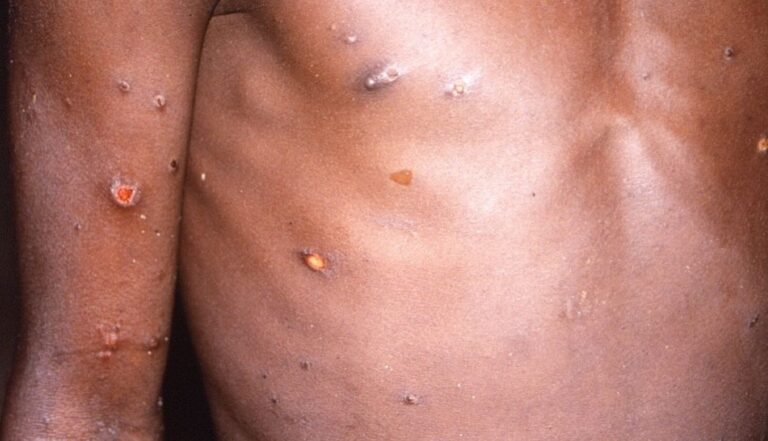As per the guidelines, a confirmed case of Monkeypox is laboratory confirmed for monkeypox virus by detection of unique sequences of viral DNA either by polymerase chain reaction (PCR) and/or sequencing.

New Delhi: In view of the increasing reports of Monkeypox (MPX) cases in non-endemic countries, as a part of a proactive and risk-based approach for management of Monkeypox and to ensure advance preparedness across the country, the Union Ministry of Health and Family Welfare on Tuesday issued ‘Guidelines on Management of Monkeypox Disease’.
The guidelines are available on MoHFW’s website, https://main.mohfw.gov.in/sites/default/files/Guidelines%20for%20Management%20of%20Monkeypox%20Disease.pdf
As on date, there are no reported cases of monkeypox disease in India, the ministry said.
As per the guidelines, a confirmed case is laboratory confirmed for monkeypox virus by detection of unique sequences of viral DNA either by polymerase chain reaction (PCR) and/or sequencing. All the clinical specimens should be transported to the Apex Laboratory of ICMR-NIV (Pune) routed through the Integrated Disease Surveillance Programme (IDSP) network of the respective district or state.
The Union Ministry of Health and Family Welfare said, “The Guidelines on Management of Monkeypox Disease include epidemiology of the disease (including host, incubation period, period of communicability and mode of transmission; contact and case definitions; clinical features and its complication, diagnosis, case management, risk communication, guidance on Infection Prevention and Control (IPC) including use of personal protective equipment.”
Also Read: WHO lists out ways to prevent monkeypox, restriction on animal trade is one of them
It added, “The guidelines stresses on surveillance and rapid identification of new cases as the key public health measures for outbreak containment, mandating need to reduce the risk of human-to-human transmission. It explains the Infection Prevention and Control (IPC) measures, IPC at home, patient isolation and ambulance transfer strategies, additional precautions that needs to be taken care of and duration of isolation procedures.”
As per the guidelines, contacts should be monitored at least daily for the onset of signs/symptoms for a period of 21 days (as per case definition) from the last contact with a patient or their contaminated materials during the infectious period.
Raising awareness of the risk factors under risk communication and preventive measures, the guidelines further explain in details about raising awareness and educating people about the measures for Monkeypox virus like avoiding contact with any material of the sick person, isolation of infected patient from others, practicing good hand hygiene and using appropriate personal protective equipment (PPE) when caring for patients.
Monkeypox has been reported as endemic in several other central and western African countries such as: Cameroon, Central African Republic, Cote d’Ivoire, Democratic Republic of the Congo, Gabon, Liberia, Nigeria, Republic of the Congo, and Sierra Leone. However, cases have been also reported in certain non-endemic countries e.g. USA, United Kingdom, Belgium, France, Germany, Italy, Netherlands, Portugal, Spain, Sweden, Australia, Canada, Austria, Israel, Switzerland etc.
